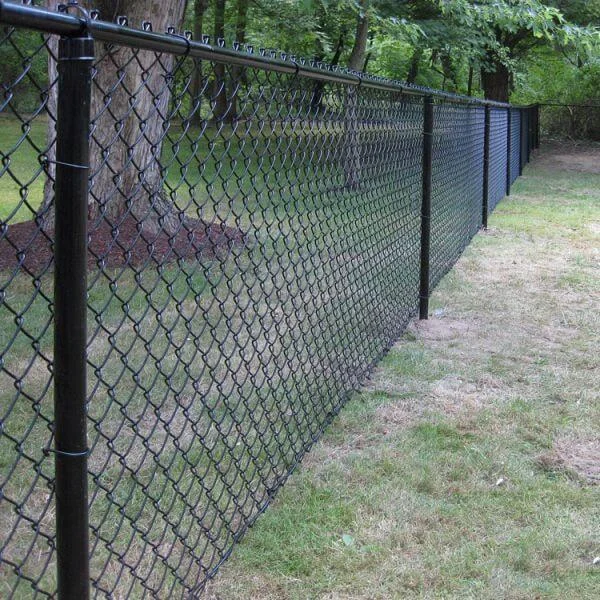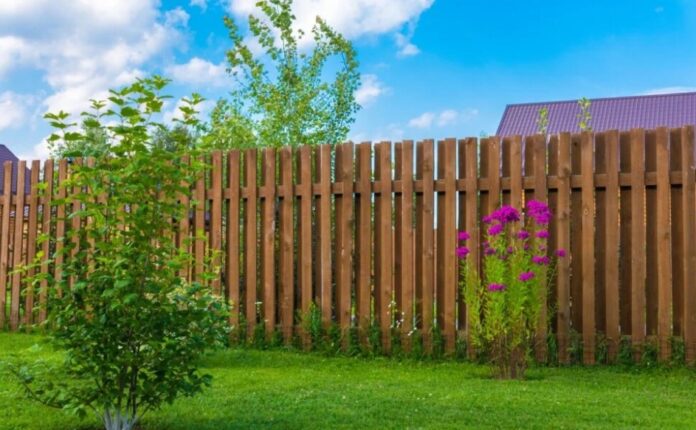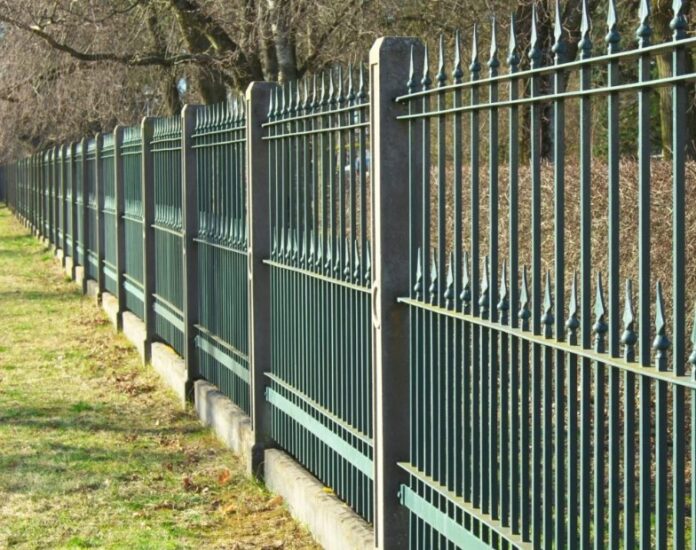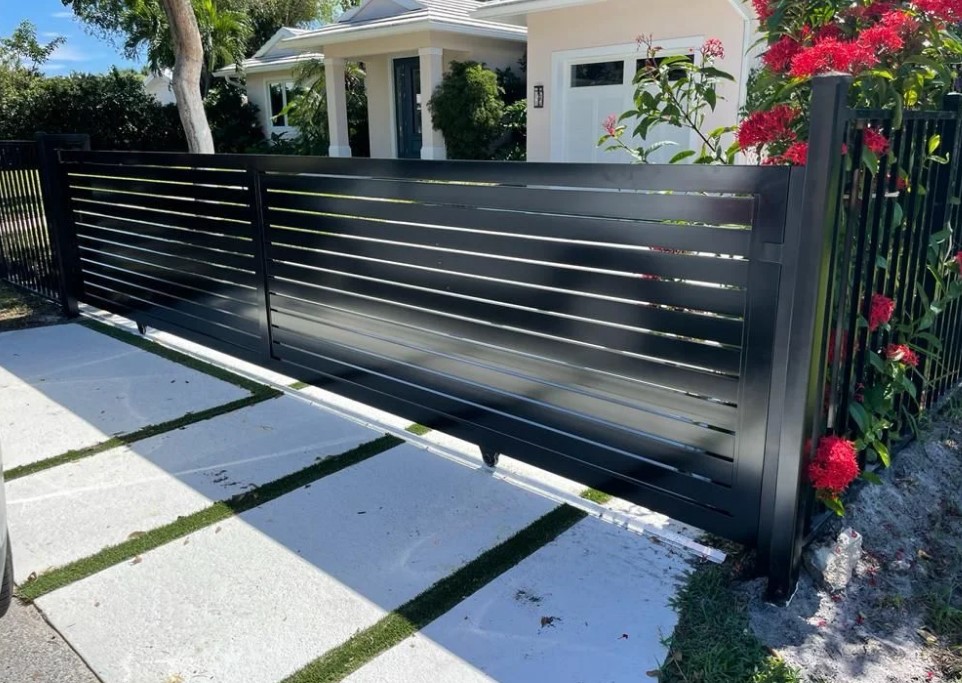Let’s say your yard is a blank canvas. You’ve planted some shrubs, maybe put in a patio, and now you’re staring at the edge of your property, wondering, What kind of fence should I even get? You’re not alone. Picking a fence isn’t just about tossing up a barrier and calling it good. It shapes how your home looks, functions, and feels from the inside and out.
Some people go into it thinking, just something simple to keep the dog in. Others start obsessing over Pinterest boards and end up in a rabbit hole of slats, caps, and galvanized whatnots.
The point is, the right fence isn’t one-size-fits-all. It depends on what you care about — privacy, looks, cost, durability — and where you live.
Let’s break it all down and get real about what matters when it comes to fencing.
What Are You Trying to Solve?
Before shopping for materials or measuring out your yard, it helps to answer the biggest question first: Why are you putting up a fence at all?
Because the right fence depends entirely on the job you expect it to do.
Common Fence Goals
| Purpose | Recommended Type | Notes |
| Privacy | Wood, vinyl, composite | Go tall (6ft+), tightly spaced boards or panels |
| Security | Steel, wrought iron, aluminum | Lockable gates, climb-resistant designs |
| Pet containment | Chain link, wood, PVC | Watch for gaps and ground clearance |
| Child safety | Vinyl, aluminum, mesh inserts | Rounded edges, height rules (esp. for pools) |
| Curb appeal | Picket, split rail, aluminum | Think color, line of sight, and symmetry |
| Noise reduction | Solid wood, composite, masonry | Denser = better sound barrier |
| Wind buffering | Louvered wood, composite | Angled slats can help with airflow and wind control |
Got multiple goals? No problem. Lots of people want privacy and style, or need security and dog containment. You can balance both.
Comparing Fence Materials: The Real Deal

Materials make or break this whole project. Not just how it looks on day one, but what you’re dealing with five years from now when the paint starts to flake or a panel goes soft after a storm.
Wood is the first thing most people picture. It’s got that timeless look, especially in cedar or redwood, and it’s great for privacy. But wood demands maintenance. You’ll probably need to stain or seal it every couple of years if you want it to last.
Treated pine is cheaper but more prone to warping, especially in humid climates. Still, if you like the idea of something you can customize, repaint, or repair piece by piece, wood gives you flexibility.
Vinyl, on the other hand, is a get-it-and-forget-it option. It won’t warp, rot, or need paint. Most modern vinyl gates and fences come in clean, prebuilt sections — often in white or neutral tones — and stay looking sharp with minimal effort. The downside is the cost. Vinyl usually starts more expensive than wood, and once it’s installed, you’re not going to sand it or swap out slats. It is what it is — but it lasts.
Then there’s metal. Aluminum, steel, and wrought iron all fall into this camp. Aluminum is probably the most common residential metal fence these days — lightweight, rust-resistant, and often powder-coated in black for that clean, classic look. It’s a great choice if you want something decorative that still allows visibility, like around a front yard or pool.
Steel is heavier and tougher, but needs regular treatment to avoid rust. Wrought iron? Gorgeous. Also high-maintenance and pricey, but it’ll outlive you if you care for it.
Composite materials are also becoming popular. Think of them like a high-end blend of recycled wood and plastic. They look modern, last longer than wood, and won’t warp or splinter. But expect a higher upfront cost, and know that repairs usually require special-order parts.
What Fits Your Yard – And Your Life

Here’s something that gets overlooked a lot: your property itself should help shape your fence decision. A style that looks great in theory might not work well with your land.
If your backyard is small and boxed in, for example, putting up a tall, solid wood fence could make it feel more like a prison than a retreat. You might want something with gaps or horizontal spacing to let in air and light while still giving some coverage. On the flip side, a wide, open property might benefit from stronger visual borders — even if it’s just for aesthetics.
Sloped yards come with their challenges. You’ll probably need stepped panels or a flexible design that can handle uneven ground, like rackable aluminum.
Trying to use rigid vinyl or prebuilt wood panels on a steep grade often ends up looking messy unless you custom-fit every section.
Corner lots add a whole other layer of complexity. Cities often restrict fence heights near intersections to keep visibility clear for drivers and pedestrians. If your fence blocks the view at the corner, you could get fined or have to tear it down. So yeah, always check local codes before digging holes.
Fence Costs: What You’re Paying For
Let’s talk money. Pricing varies more than people expect, and it’s not just the material. Labor, terrain, height, gates — they all add up.
A simple wood privacy fence might start around $25–$35 per linear foot installed. Vinyl can run higher, sometimes $35–$60, depending on the brand and style. Aluminum often falls somewhere in between, while ornamental iron or custom composite options can go way beyond that.
Gates? Always extra. Want a wide double gate for a trailer? Add a few hundred bucks. Need to dig through roots or bedrock? You’ll see that on your quote, too.
Sometimes it’s tempting to DIY, especially with prefab panels. If you’re handy and don’t mind digging post holes, it’s possible — just make sure your measurements are tight and your posts are solid. Nothing ruins a fence faster than posts that shift after a few seasons.
Practical Tips from People Who’ve Done It
If you’ve never installed a fence before, you’d be surprised how many little decisions pop up along the way. Here are a few that often catch people off guard:
- Leave a few inches of clearance at the bottom if you’re in a rainy area or have a slope. You’ll avoid water damage and rot.
- Think ahead about how you’ll use your yard. Will you want to haul trash bins through a side gate? Park a mower? Host a dog run? Make sure access points are wide enough and positioned smartly.
- Fence both for now and later. If you’re planning to sell in a few years, go for neutral colors and clean lines. Future buyers might not love your bold red fence the way you do.
- Mix materials if needed. Want privacy in the back but something more decorative out front? You can blend styles if your property allows it.
Final Thoughts

At the end of the day, a good fence should feel like it belongs. It should match your home, solve your needs, and stay standing without becoming another thing on your to-do list every spring.
Sure, it might seem like a hassle to pick materials, compare quotes, or argue with your HOA. But the right setup adds comfort, value, and peace of mind — whether you’re sipping coffee in the backyard or letting the dog roam free without worry.
So take your time. Walk your yard. Talk to your neighbors. Think about how you live and what’s going to work five, ten, even twenty years from now. You don’t have to overthink every nail and hinge, but getting the basics right makes a huge difference.
And when it’s done? You’ll wonder why you didn’t put one in sooner.







